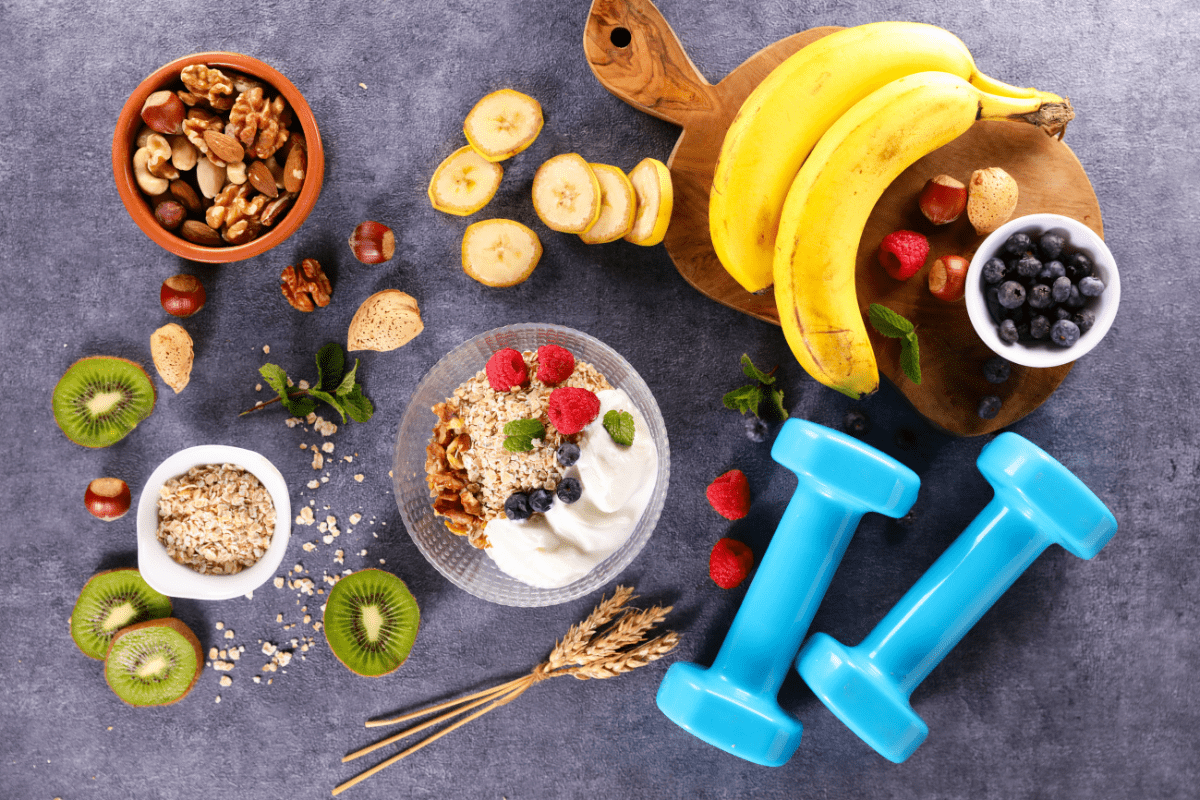What to Eat for Muscle Cramps
Preventing and managing muscle cramps involves a combination of proper hydration, a balanced diet rich in key electrolytes, and adequate intake of vitamins and omega-3 fatty acids.
Preventing and managing muscle cramps involves a combination of proper hydration, a balanced diet rich in key electrolytes, and adequate intake of vitamins and omega-3 fatty acids.

Muscle cramps can be a painful and frustrating experience, often striking unexpectedly.
Whether you're an athlete, someone with a physically demanding job, or just dealing with everyday cramps, understanding the role of nutrition in preventing and alleviating muscle cramps is crucial.
This blog post delves into the best foods to consume for reducing the likelihood of muscle cramps, backed by scientific evidence and expert recommendations.

Before diving into dietary solutions, it's important to understand what muscle cramps are and what causes them.
Muscle cramps are sudden, involuntary contractions that occur in various muscles. These painful spasms can last from a few seconds to several minutes.
Common causes include dehydration, electrolyte imbalances, and muscle fatigue.
Electrolytes like potassium, sodium, magnesium, and calcium play a significant role in muscle contraction and relaxation.
An imbalance in these electrolytes can lead to cramping.
For example, a study published in the Journal of the American College of Nutrition found that low levels of magnesium and potassium are associated with increased cramping in athletes (Smith et al., 2019).

Bananas are well-known for their high potassium content, making them an excellent choice for preventing muscle cramps.
A medium-sized banana contains about 422 mg of potassium, which is about 9% of the daily recommended intake (USDA, 2021).
Potassium helps regulate muscle contractions and nerve signals.
Leafy greens such as spinach, kale, and Swiss chard are excellent sources of magnesium.
One cup of cooked spinach contains 157 mg of magnesium, nearly 40% of the daily recommended intake (USDA, 2021).
Magnesium aids in proper muscle function and can help alleviate cramps.
Calcium is another crucial electrolyte for muscle function. Dairy products like milk, cheese, and yogurt are rich in calcium.
For instance, one cup of milk provides about 300 mg of calcium, which is about 30% of the daily recommended intake (NIH, 2021).
Calcium plays a key role in muscle contractions and nerve signaling.
Staying hydrated is crucial for preventing muscle cramps.
Water is essential, but during intense exercise or in hot climates, sports drinks with electrolytes can be beneficial.
These drinks help replenish sodium and other electrolytes lost through sweat.
:max_bytes(150000):strip_icc()/leg-cramp-treatment-and-prevention-of-muscle-spasms-2548836-5c773872c9e77c00011c82f1.png)
Foods rich in omega-3 fatty acids, like salmon, flaxseeds, and walnuts, can help reduce inflammation, which may indirectly help with muscle cramps.
A study in the Journal of Clinical Sleep Medicine reported that omega-3 supplementation led to a reduction in muscle cramps in patients with sleep disorders (Köhler et al., 2017).
Vitamin D is vital for calcium absorption and overall muscle health. Foods like fatty fish, egg yolks, and fortified products are good sources.
Similarly, Vitamin E, found in nuts and seeds, is an antioxidant that may help with muscle cramps, although research is limited.

Preventing and managing muscle cramps involves a combination of proper hydration, a balanced diet rich in key electrolytes, and adequate intake of vitamins and omega-3 fatty acids.
By incorporating foods like bananas, leafy greens, dairy products, and omega-3-rich items into your diet, you can help reduce the frequency and severity of muscle cramps.
Remember, while diet plays a crucial role, it's also important to consider other factors like stretching, proper exercise techniques, and consulting with healthcare professionals for chronic or severe cramping.
Your cart is currently empty.
Start Shopping